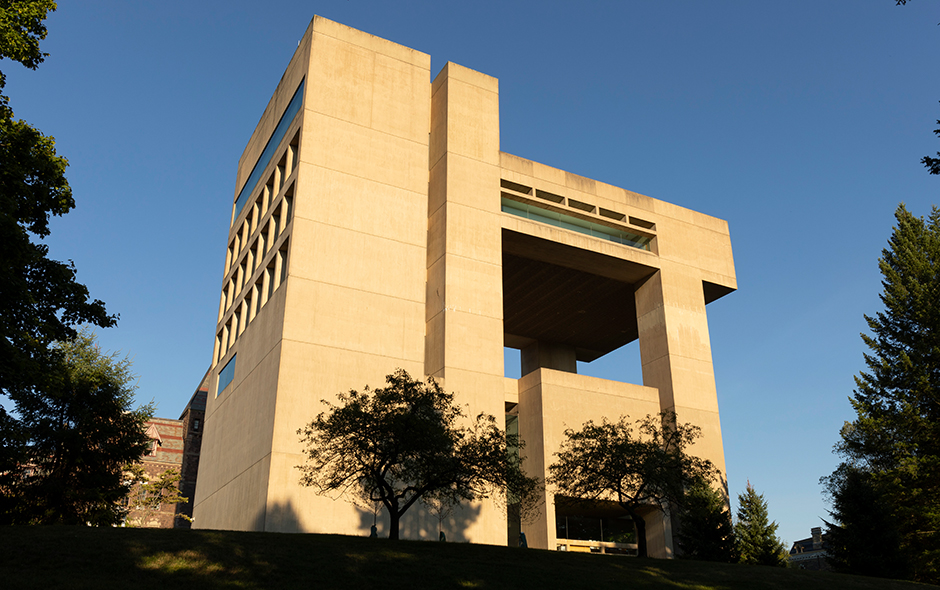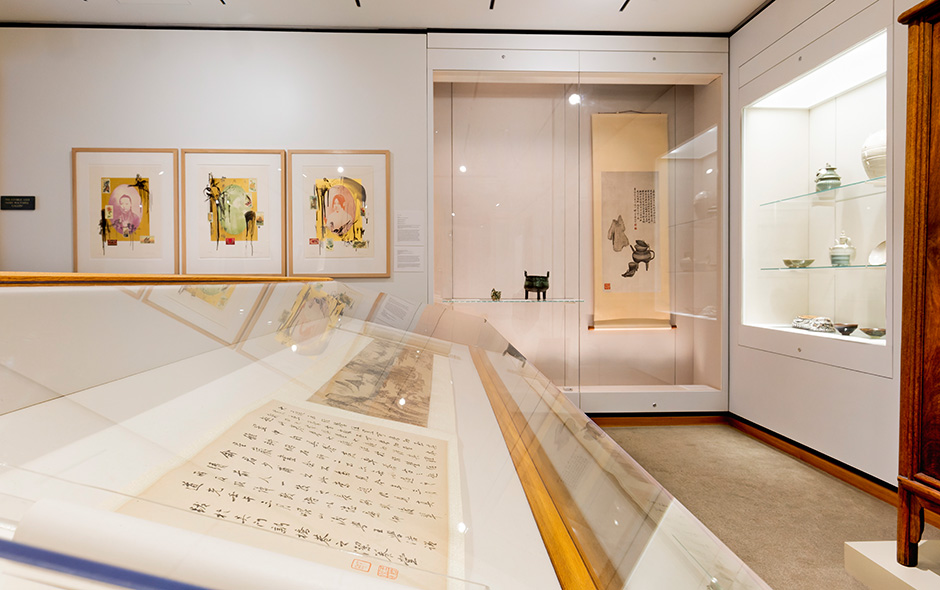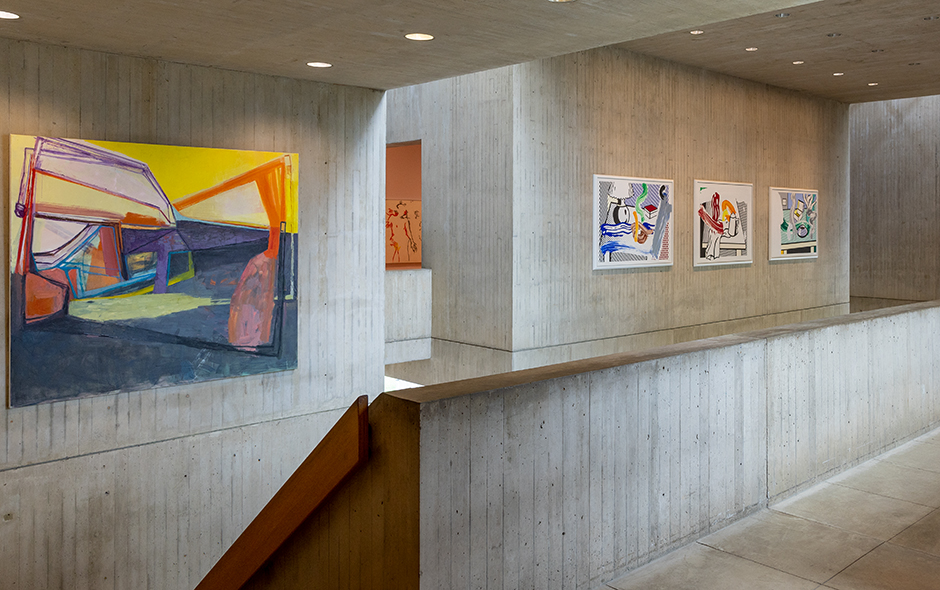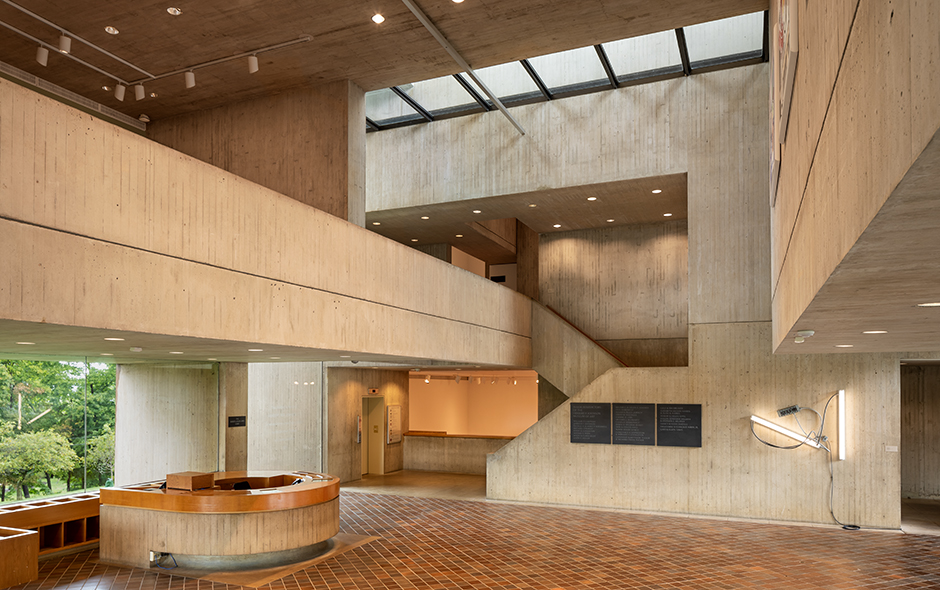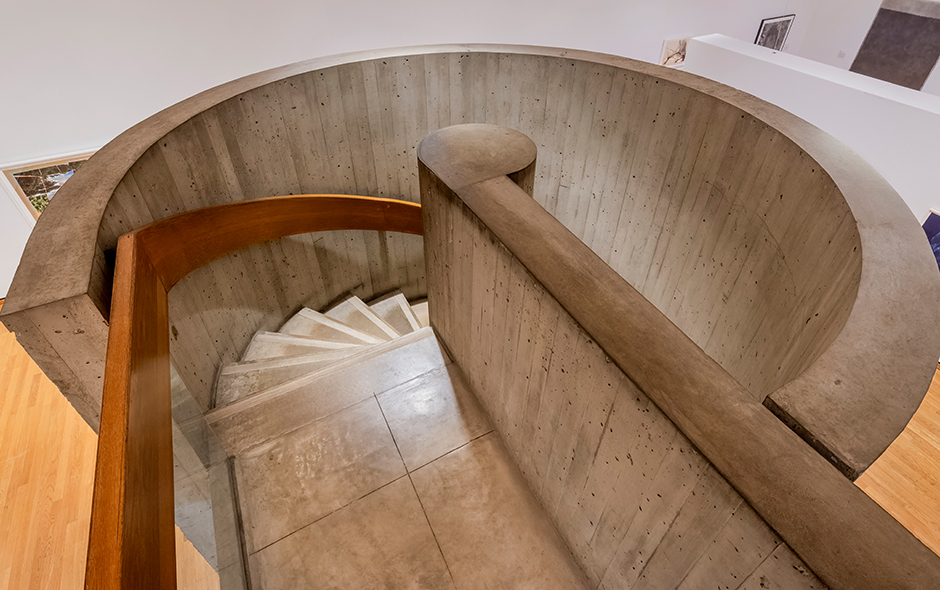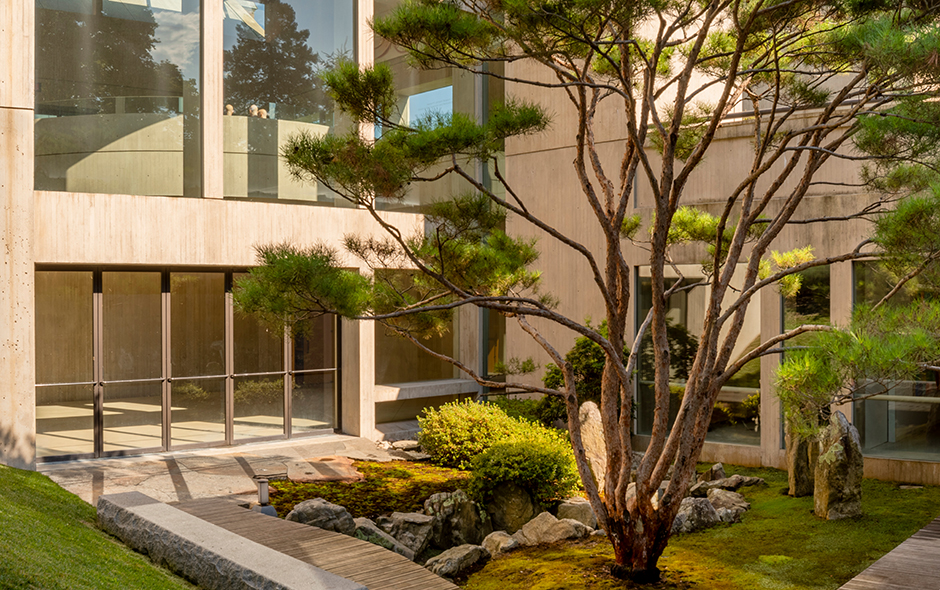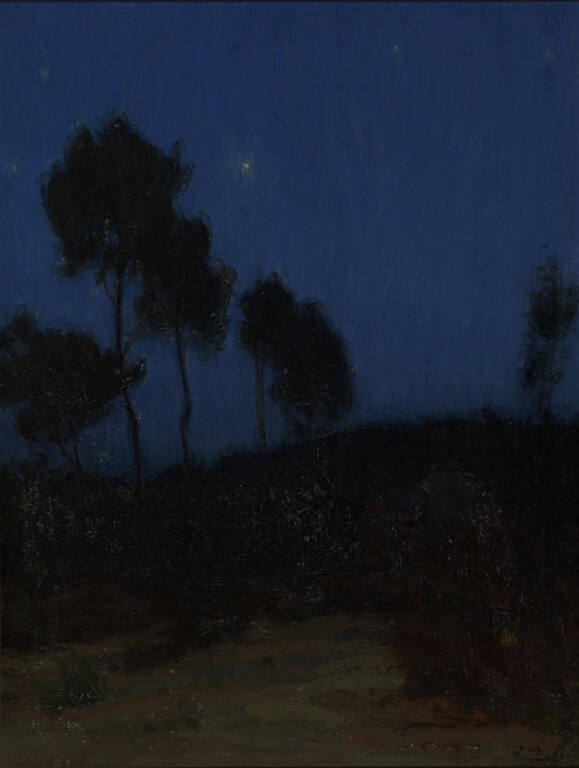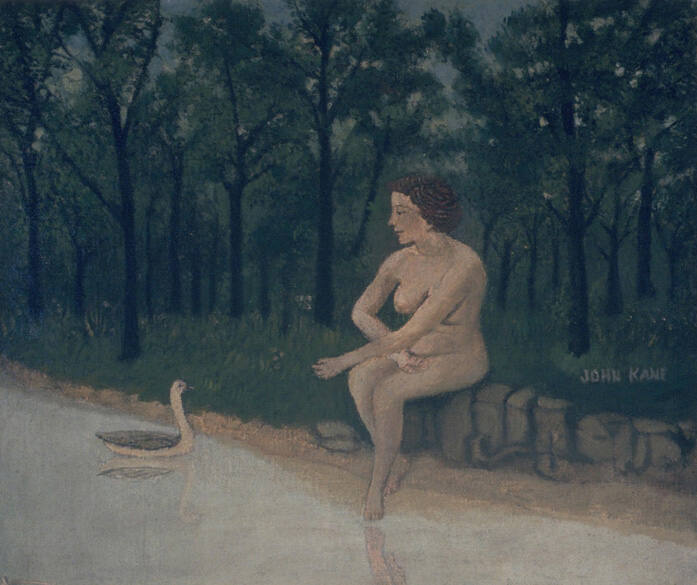
Object Details
Artist
John Kane
Medium
Oil on canvas
Dimensions
Image: 14 1/8 x 17 1/8 inches (35.9 x 43.5 cm)
Credit Line
Gift of Alice K. Netter in memory of William and Francis Netter
Object
Number
74.092
With little formal education, John Kane worked as a laborer for most of his life and knew hard times(…)
With little formal education, John Kane worked as a laborer for most of his life and knew hard times. His breakthrough as an artist came in 1927, when a jury selected his work for the Carnegie Institute’s annual International Exhibition of Painting. Prestigious showings in New York, London, and elsewhere soon followed. (“The Best Way to Prepare Bananas: Fruits of the Soul from the Permanent Collection,” curated by Matt Conway and presented at the Johnson Museum June 24-August 13, 2017)



